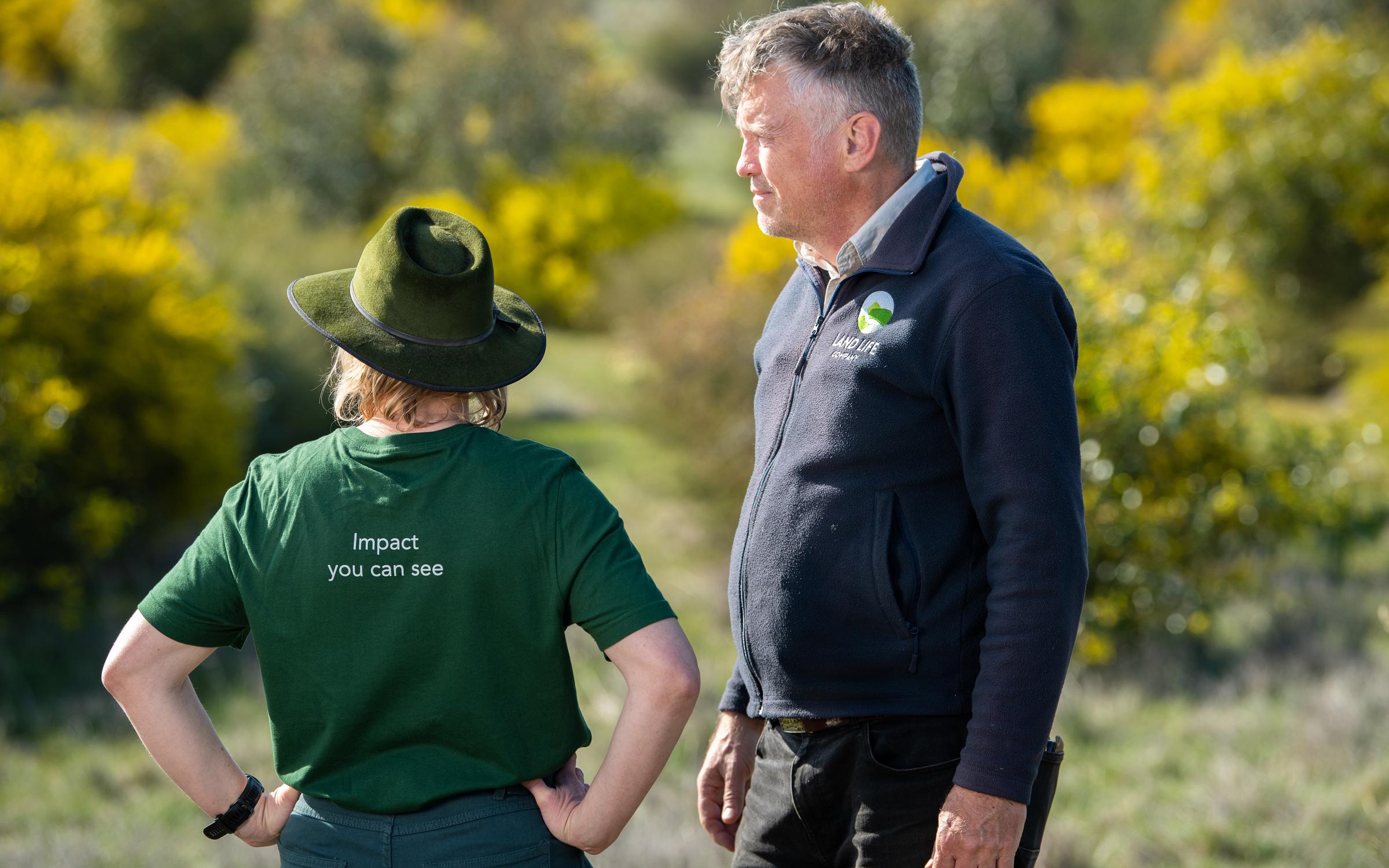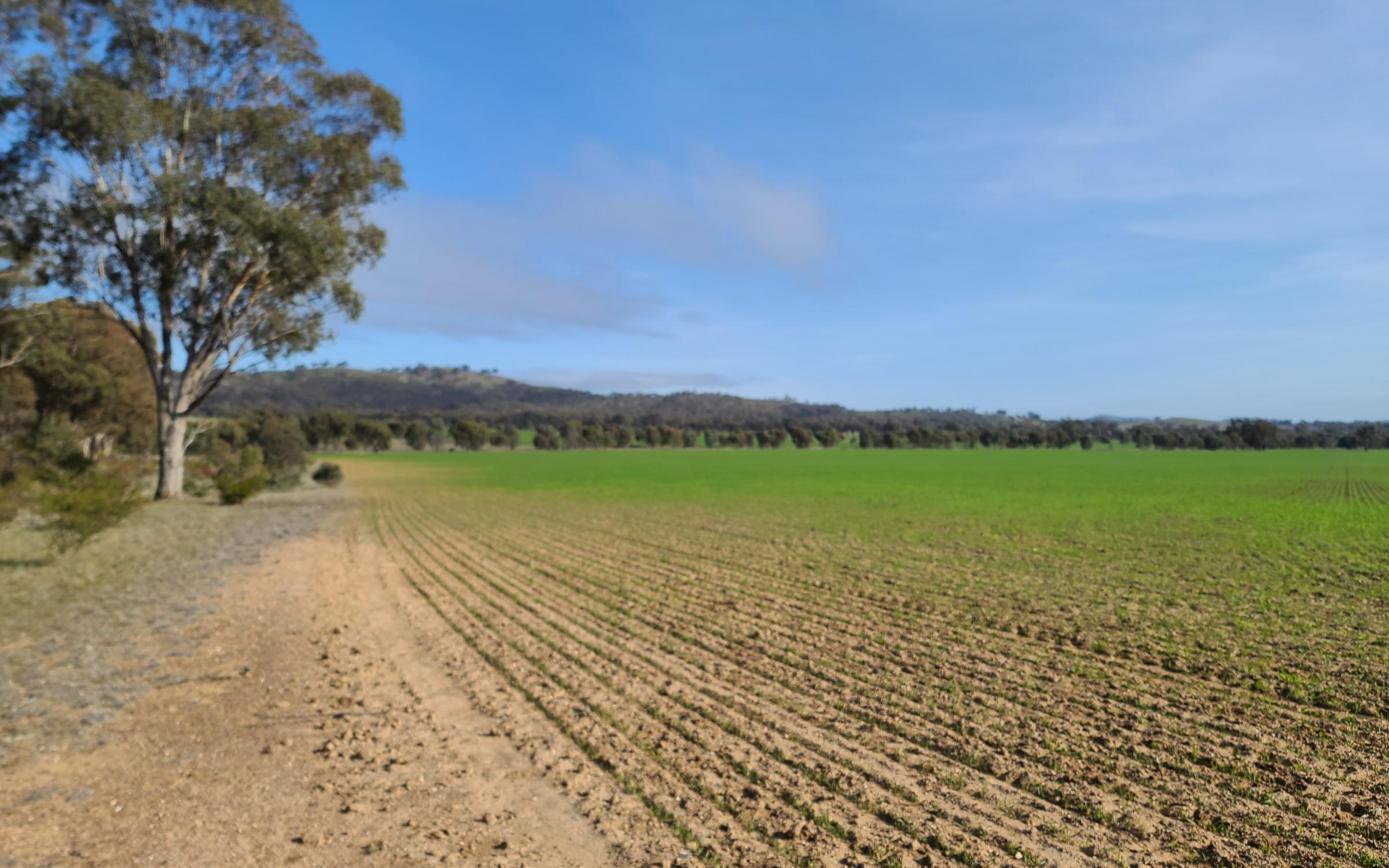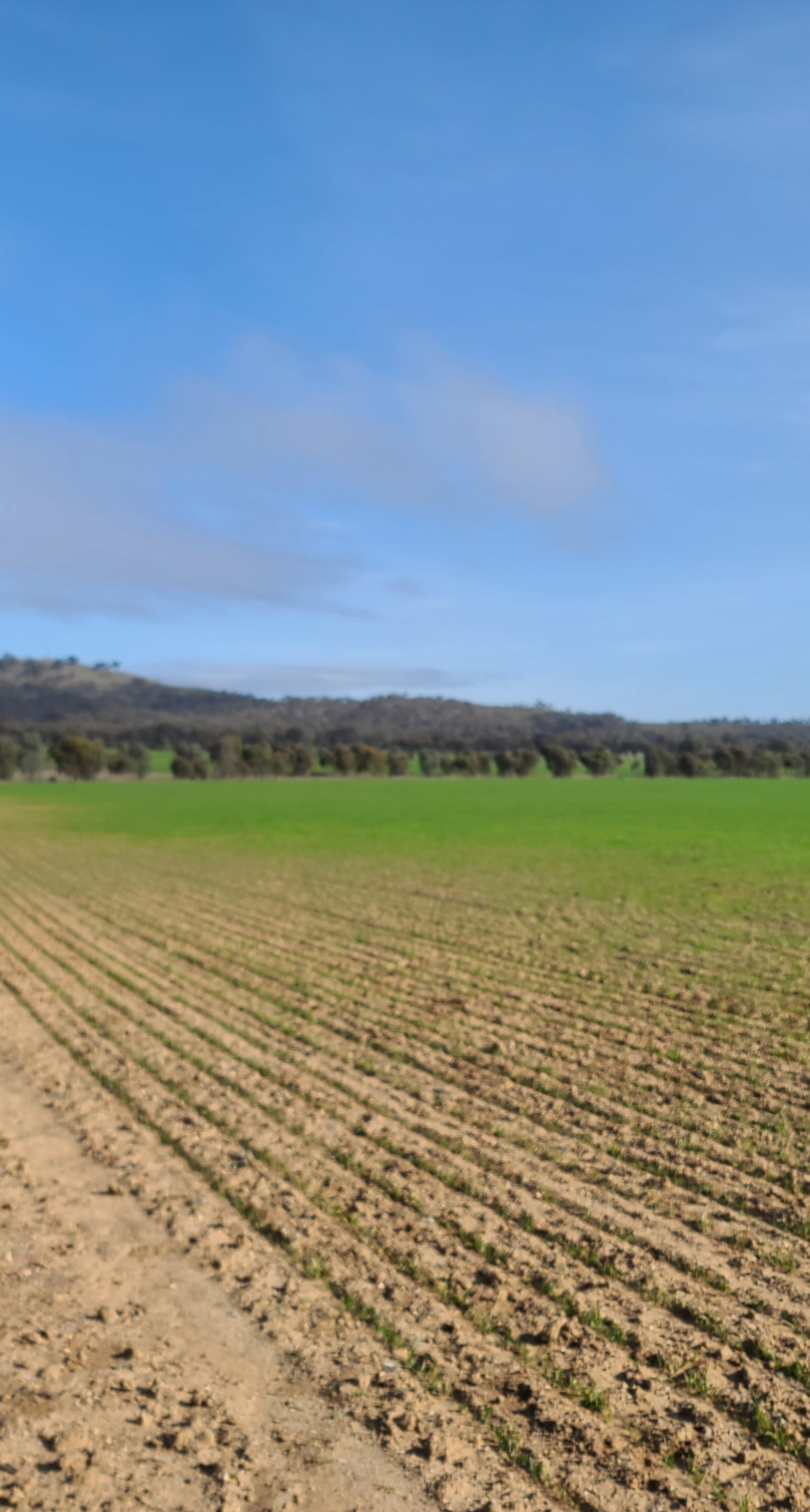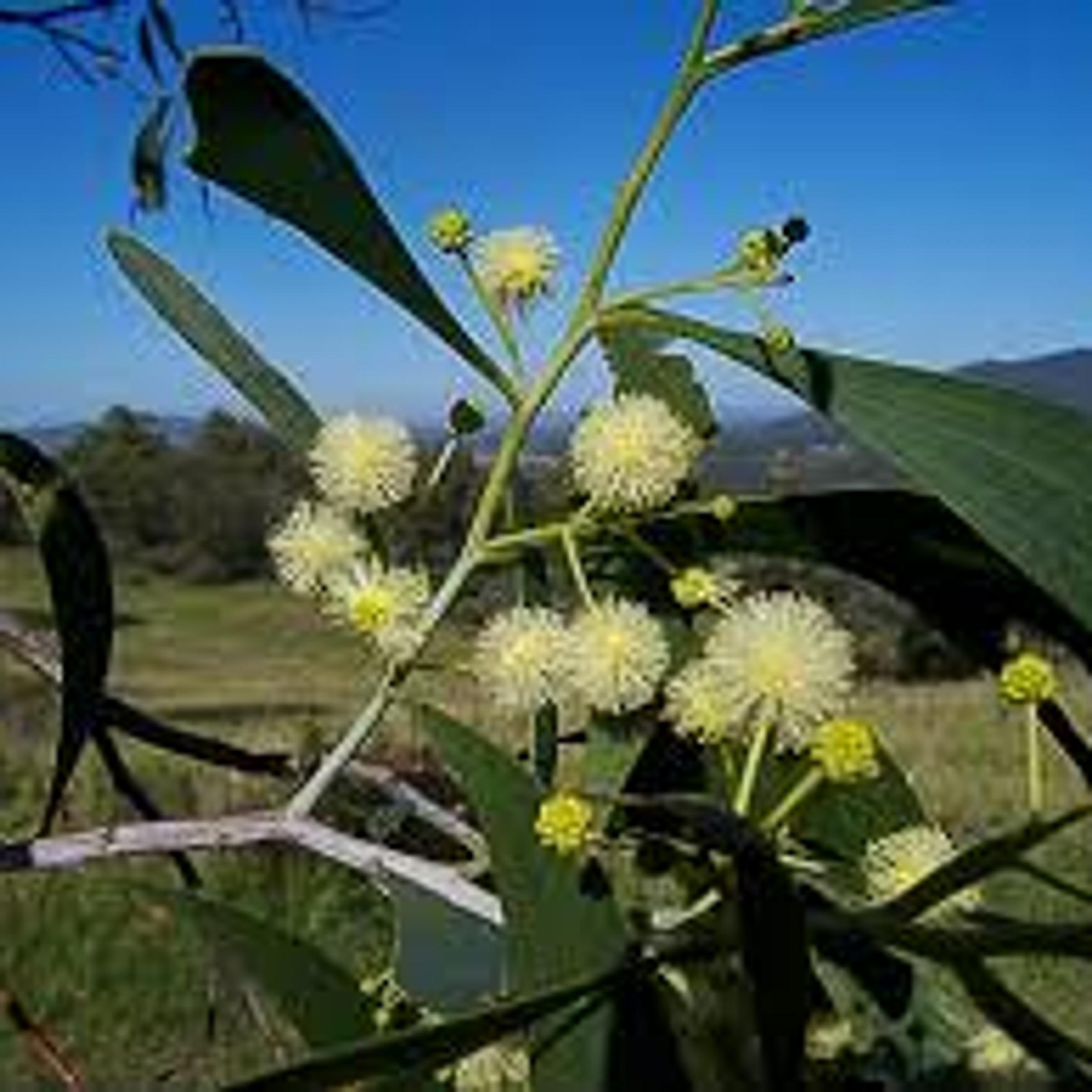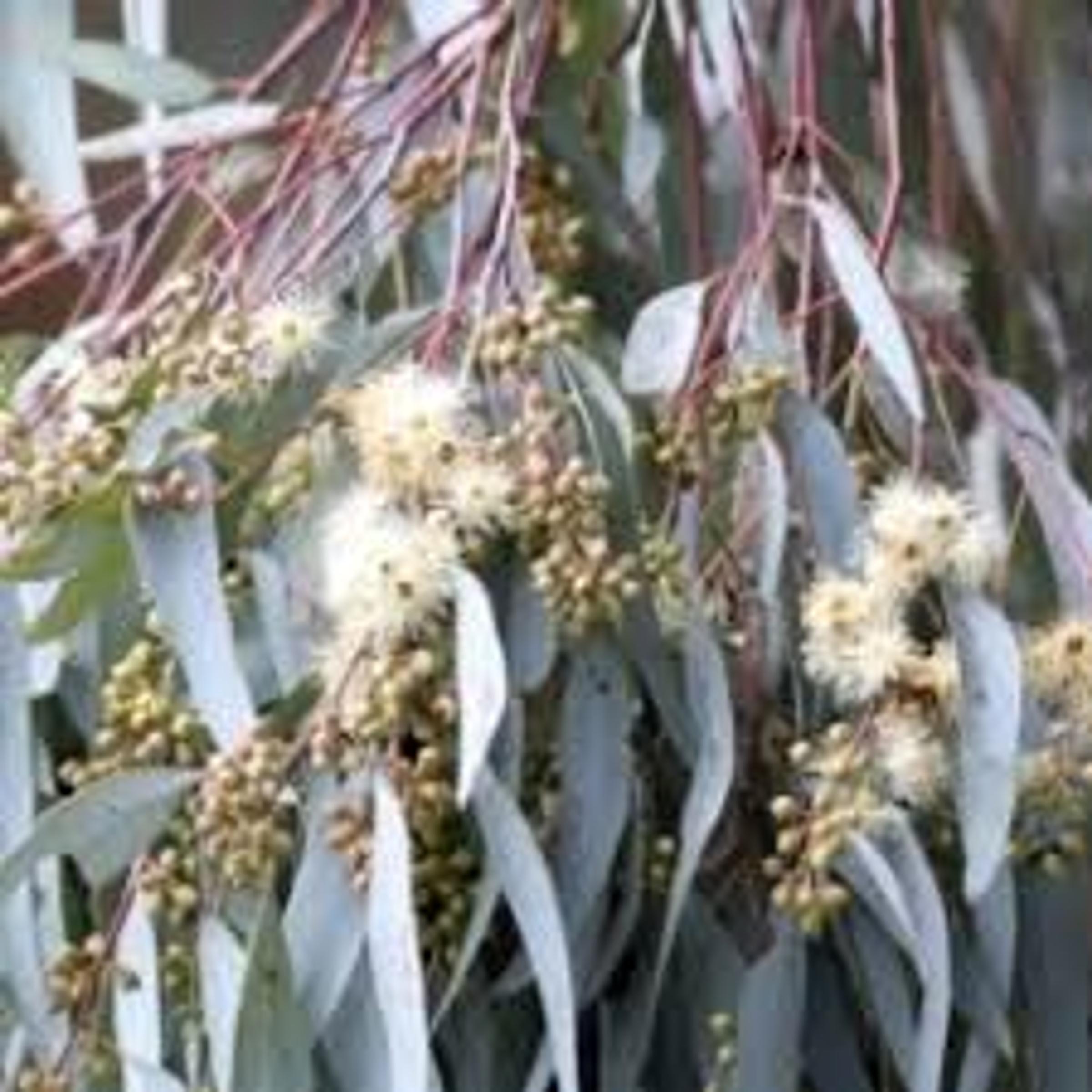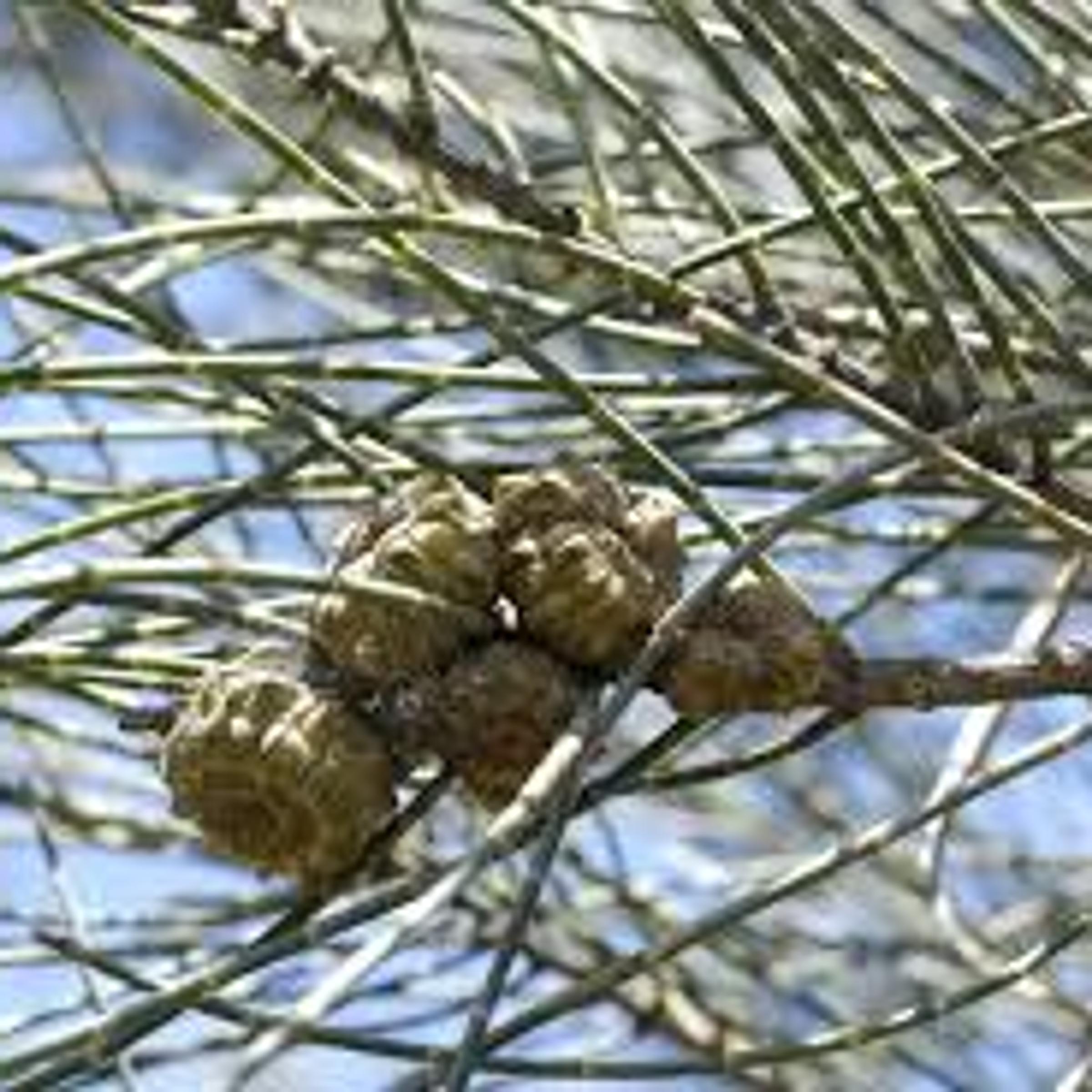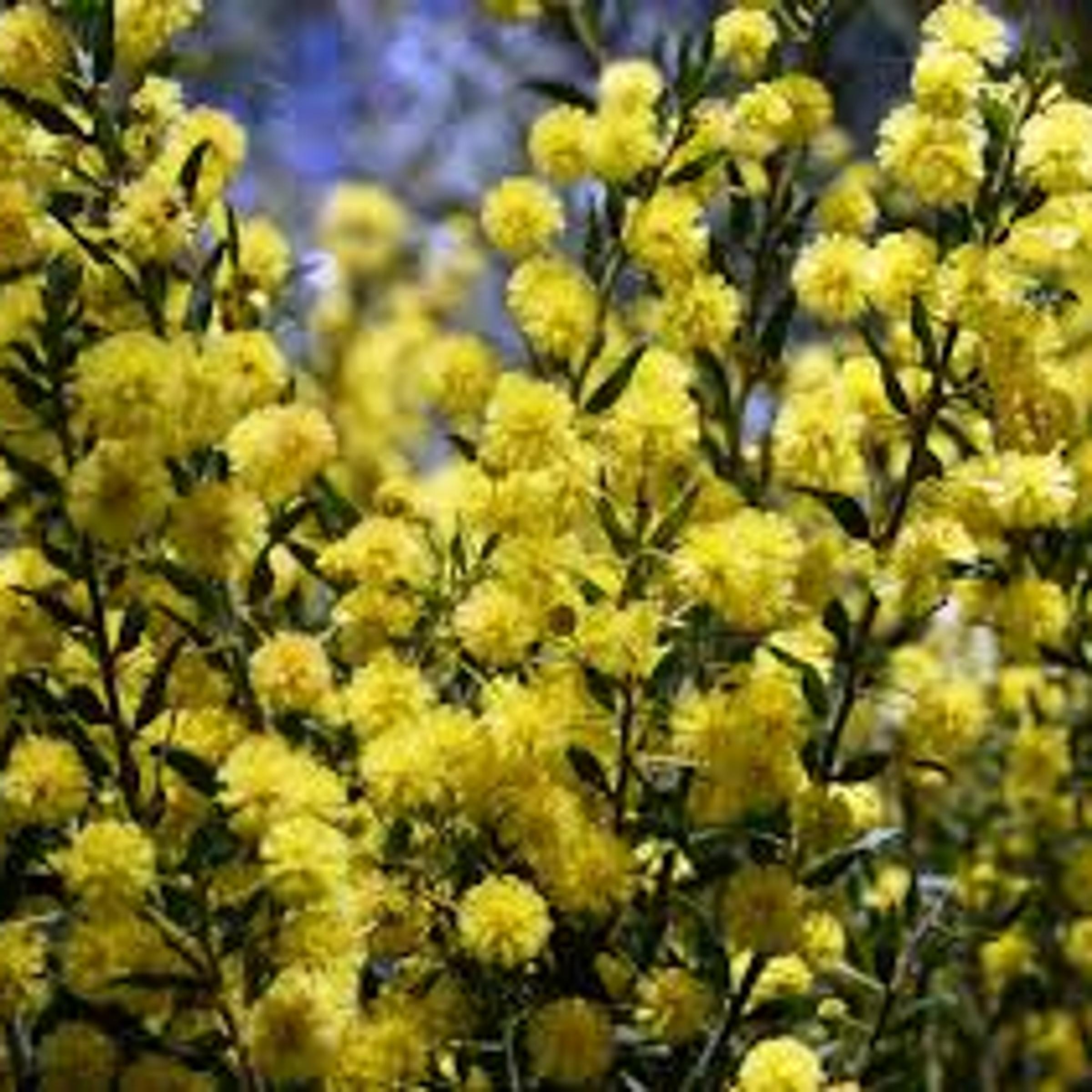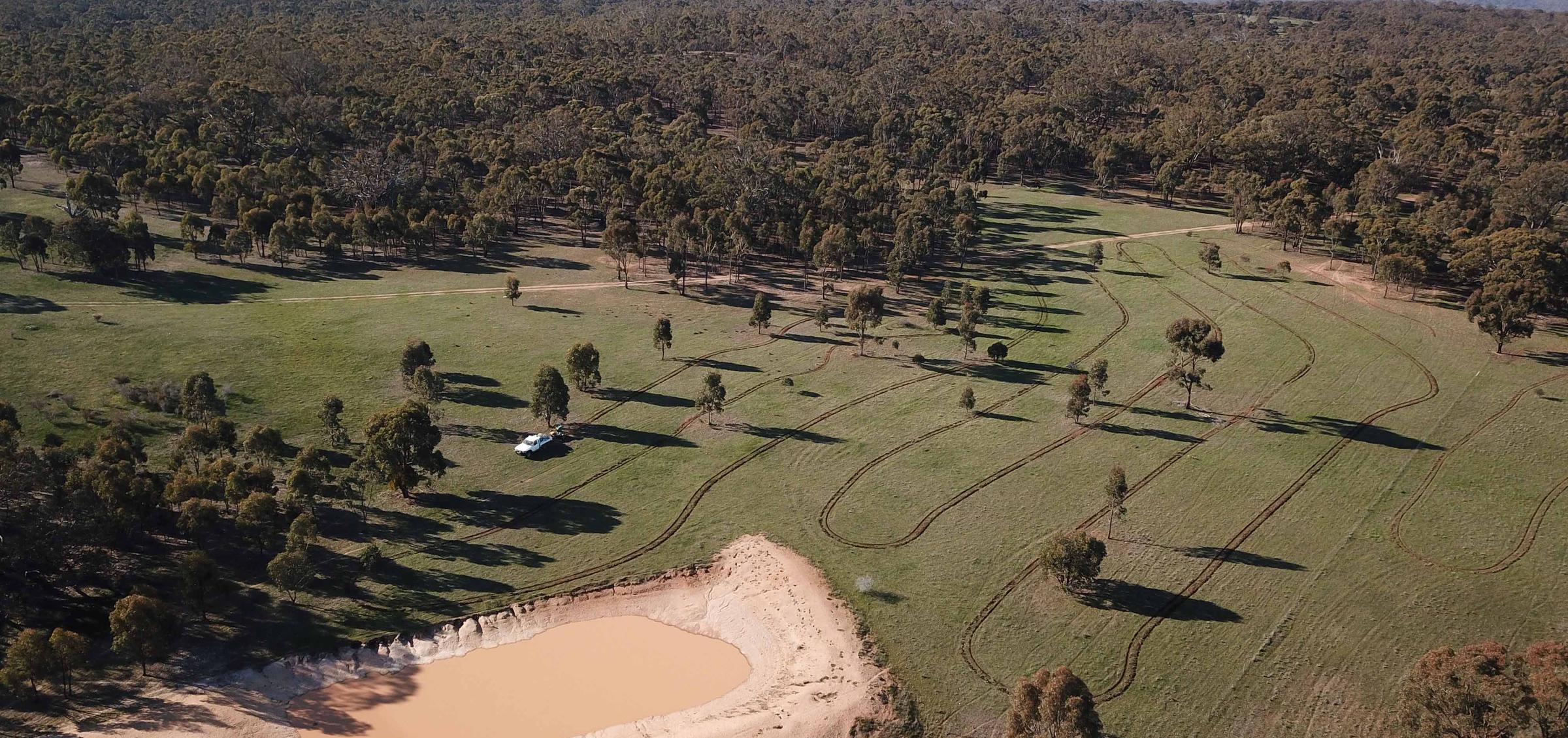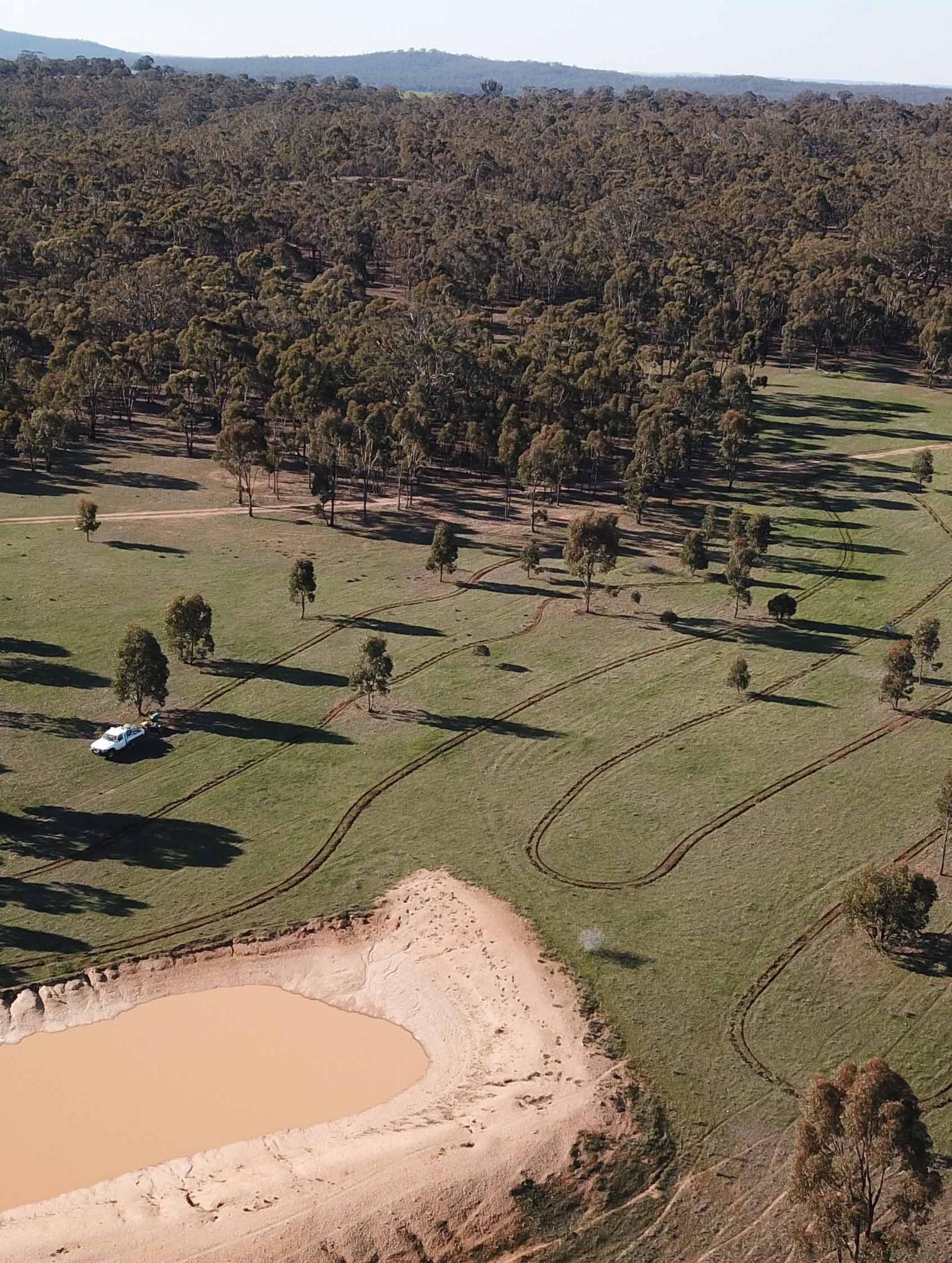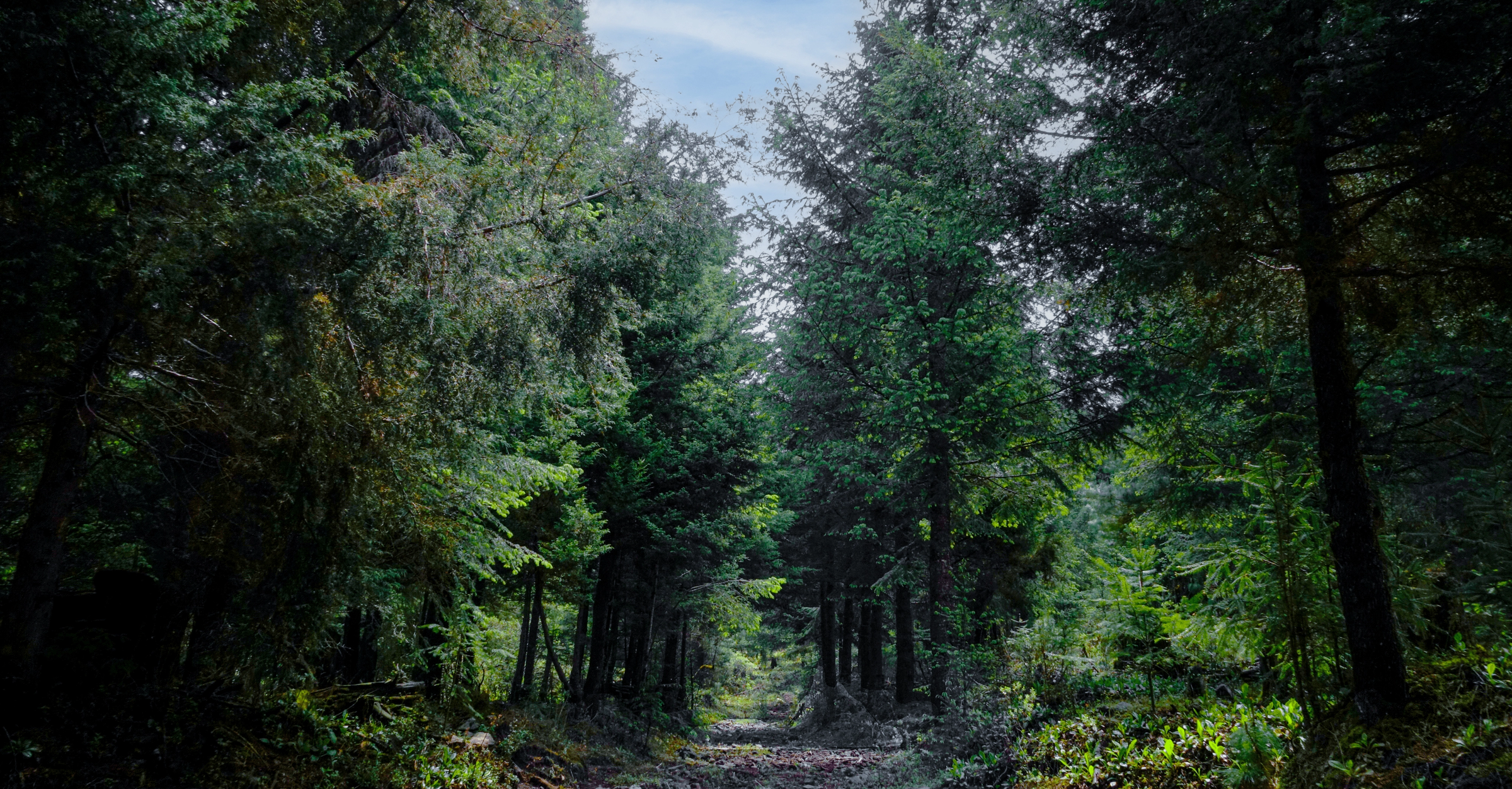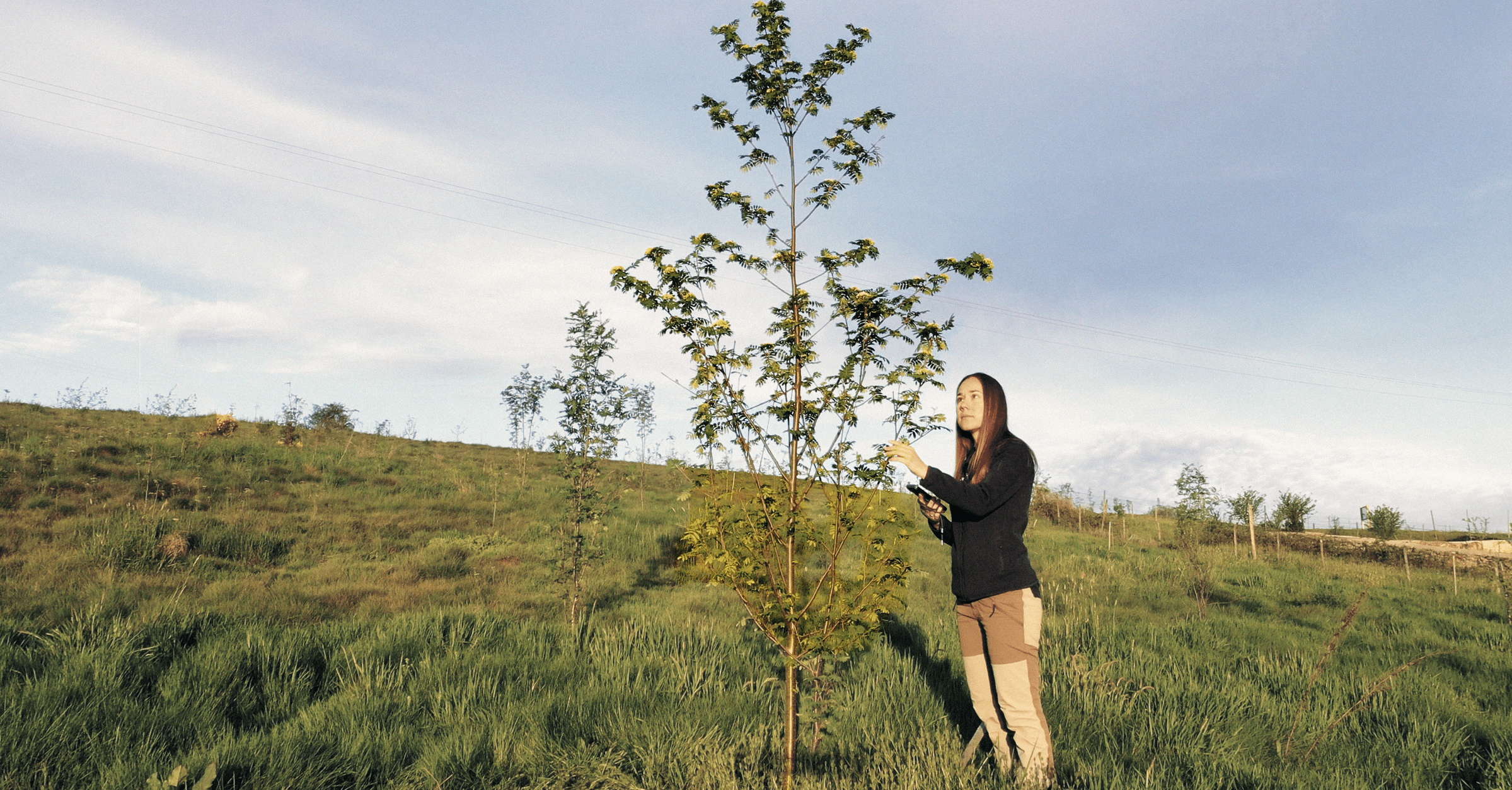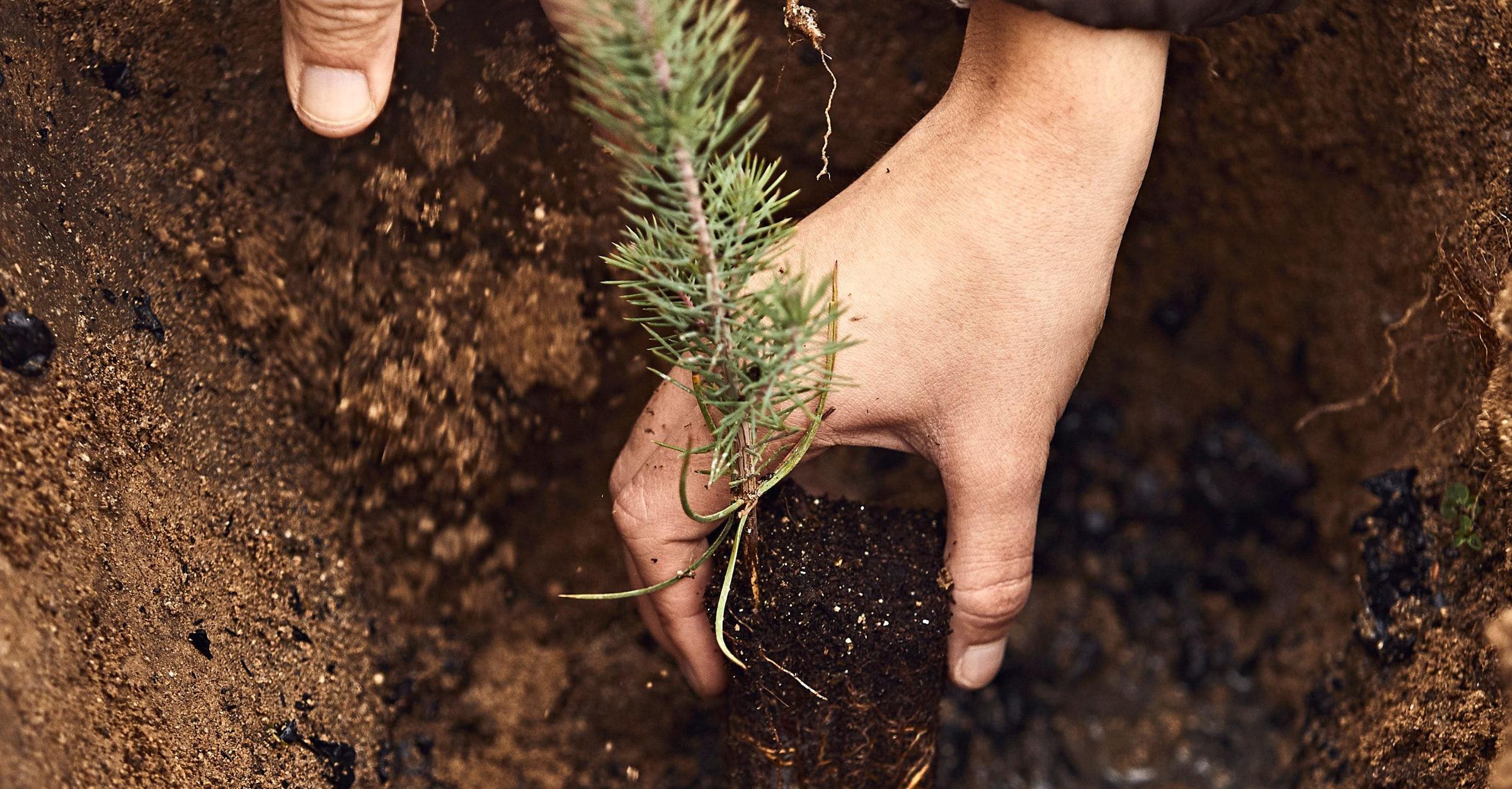Navarre Australia Restoration Project
About our Navarre Restoration Site
Ecological Vegetation Class: Box Ironbark Forest, Alluvial Terraces Herb-rich Woodland and Grassy Woodland / Aluvial Terraces Herb-rich Woodland mosaic
Bioregion: Goldfields
Our 'Navarre' property sits in North Central Victoria on the junctions between Moonamel, Navarre and Landsborough - so many eyes will be keeping track of this restoration project over the coming years.
The property has been intensively cropped (last crop was oats) and grazed for sheep, so there's not much left of the native ecosystem, with exception of a few strips along the road and drainage lines. Soil health will have been determined by fertilizers for a considerable time. It's not expected this land will support any native plants soon, apart from the ones we plant and seed.
Acknowledgement of Country
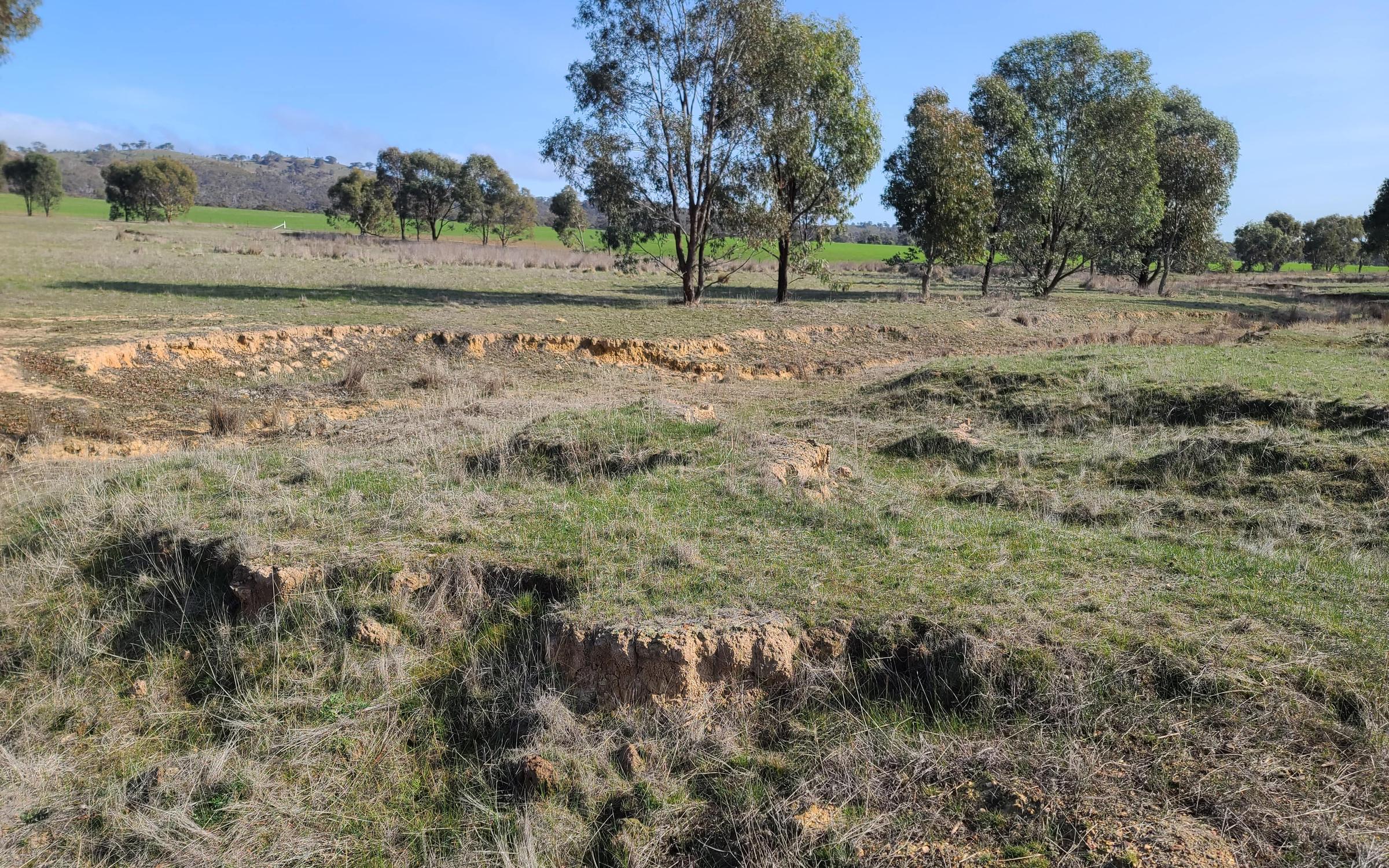
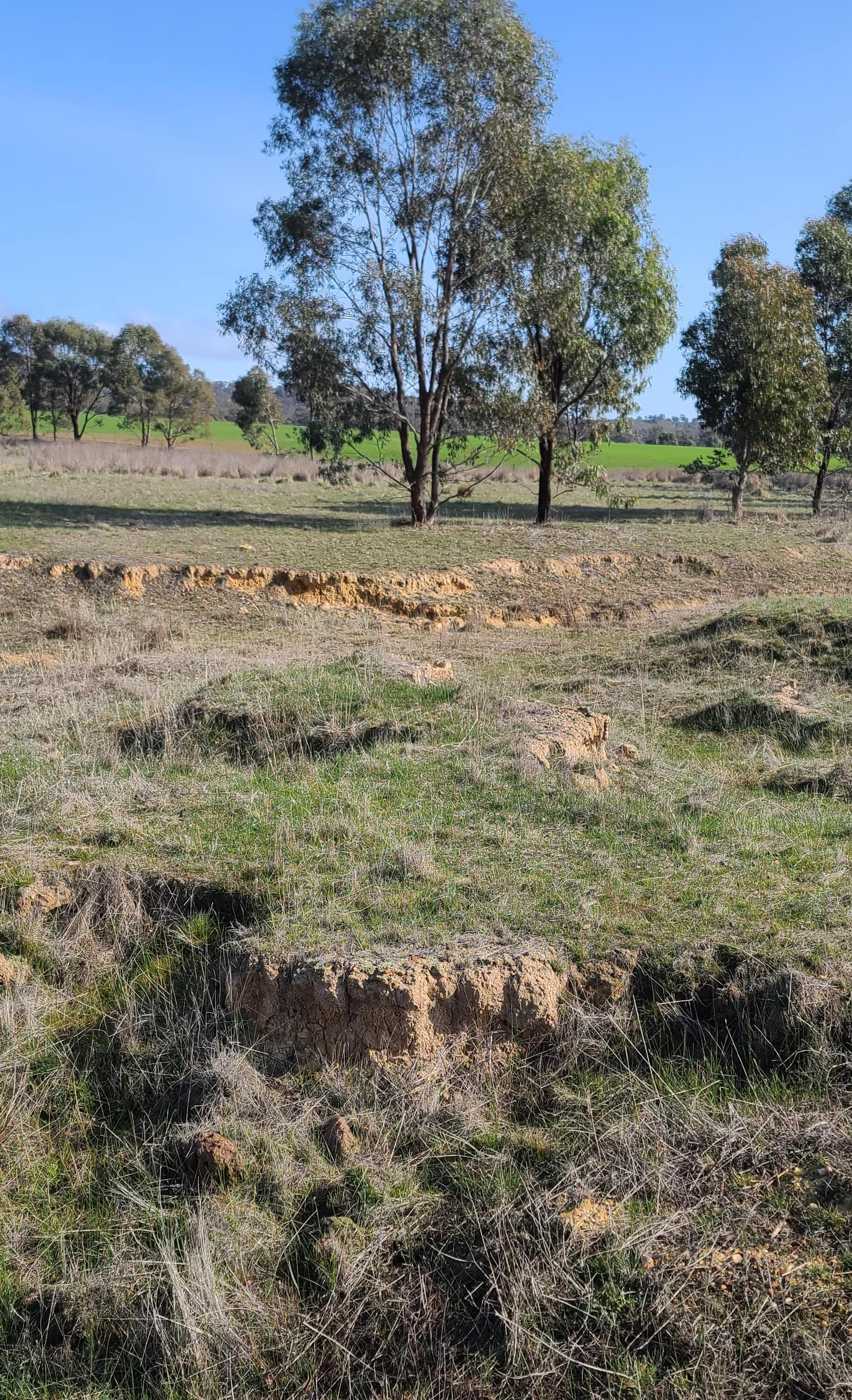
Site objective
Carbon sequestration: 29,995 tCO2 / 40yrs
Methodology: Registration and validation of this ARR project is under VERRA's Verified Carbon Standard (VCS program)
Once Navarre was a thriving Eucalypt and Buloke woodland supporting a wide variety of flora and fauna.
The creek line would have been a highly productive Yellow Box alluvial terrace mosaic, with fields of yam daisies feeding the Traditional Owner groups that lived here. We also expect native Red Cross Spider Orchids and Bursaria bushed several butterfly species used as host plants for their larvae.
Ultimately we aim to restore Navarre to how we imagined it before extensive cropping and grazing.
Sometimes it can be hard to imagine what the landscape would have been like when we embark on a project like Navarre. But we have reference areas inside nearby flora and fauna reserves, vegetation maps, and a wide network of botanists and ecologists advising us. We're confident we have the perimeters of the Navarre project spot on.
We'll gradually see some ecological functions returning 5-6 years after restoring this site. A wildlife corridor will create connectivity to native vegetation in Landsborough Hill Nature Conservation Reserve, located 600m south of the property. Native animals may start frequenting the site to see if there's a new food supply. Yet it will be about 40 years until most of the ecosystem functions are back.
In addition to restoring the site to what it once was, the project aims to provide additional, biodiverse, and lasting carbon storage in the newly planted woodland trees and shrubs (as well as in the soil).
As our restoration project matures, we also anticipate an increase in canopy cover, which will provide shade, lower ground temperatures, and create favorable conditions for various species. Soil health will also improve, with more active soil life enhancing nutrient cycling and supporting healthier plant growth.
Find out more about Land Life's carbon removal reforestation solution.
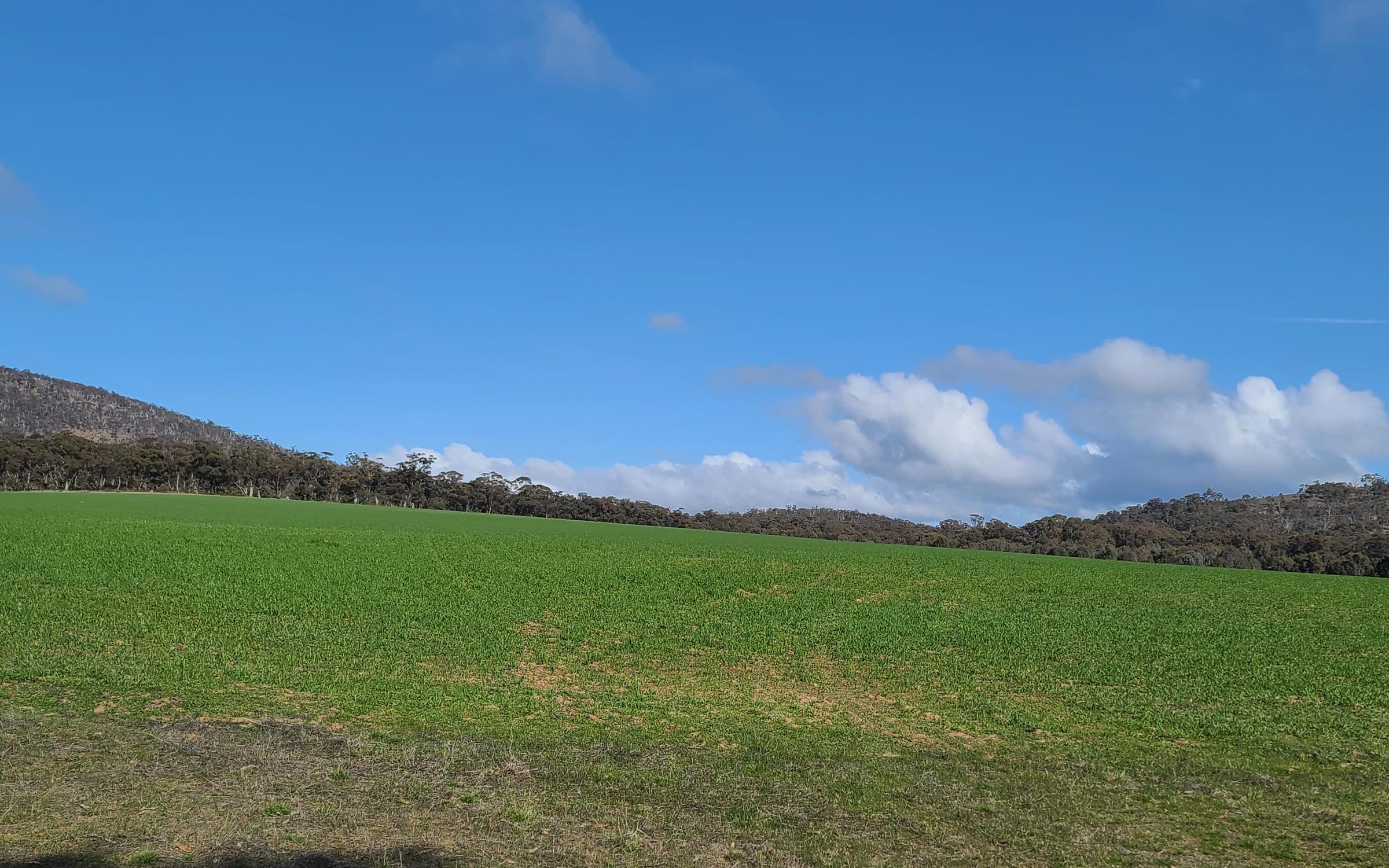
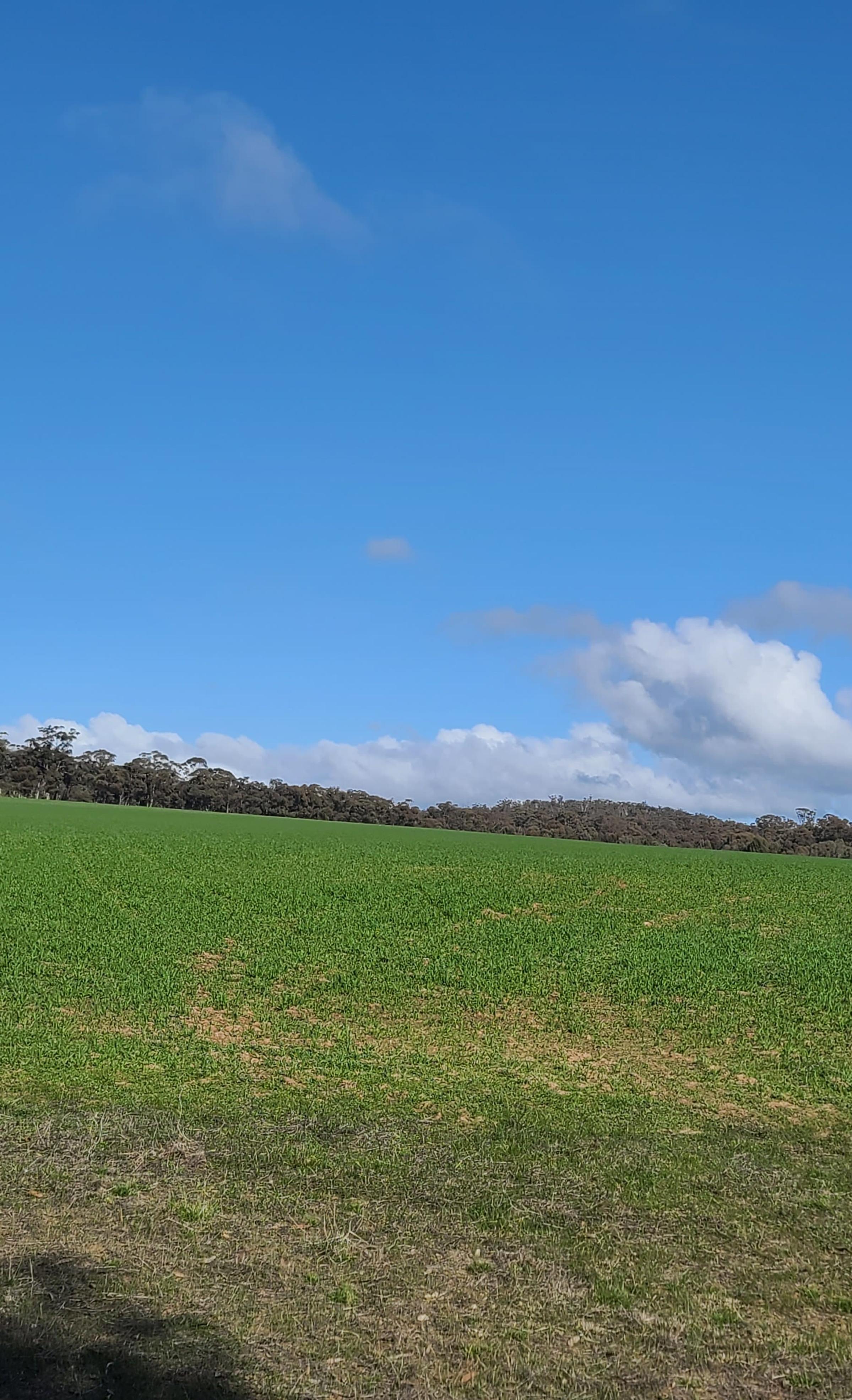
About the restoration
Extensive feral pest and weed control has been conducted on the site in preparation for planting.
Restoration of this 115-hectare site begins in the 2025 Planting Season using a combination of direct seeding and hand planting. We aim to plant 11,500 seedlings and 75kg of native seed.
This project is funded by the Victorian Government’s $77 million BushBank Program and Land Life. The BushBank program is restoring more than 20,000 hectares of land across Victoria to create healthy wildlife habitat and capture carbon. Land Life's restoration partner Cassinia Environmental is the lead delivery partner for BushBank.
Project Highlights
Biodiversity gains
Endangered species from the Victorian Temperate-woodland Bird Community have been spotted on the site. The local area provides important habitat for many species belonging to this Community.
The critically endangered Buloke (Allocasuarina luehmannii) is present on adjacent roadsides and the property to the west.
Through our restoration work we aim to bring back Bulokes to the site - restoring it to what it once was - a mix of Eucalypti and woodland. By doing this, we hope to bring back endangered species such as the Victorian Temperate-woodland Bird Community that are particularly attracted to Bulokes.
An on-title conservation agreement with Trust for NatureOpens in a new tab. will ensure in-perpetuity conservation management and protection of the biodiversity across the property.
The future is nature
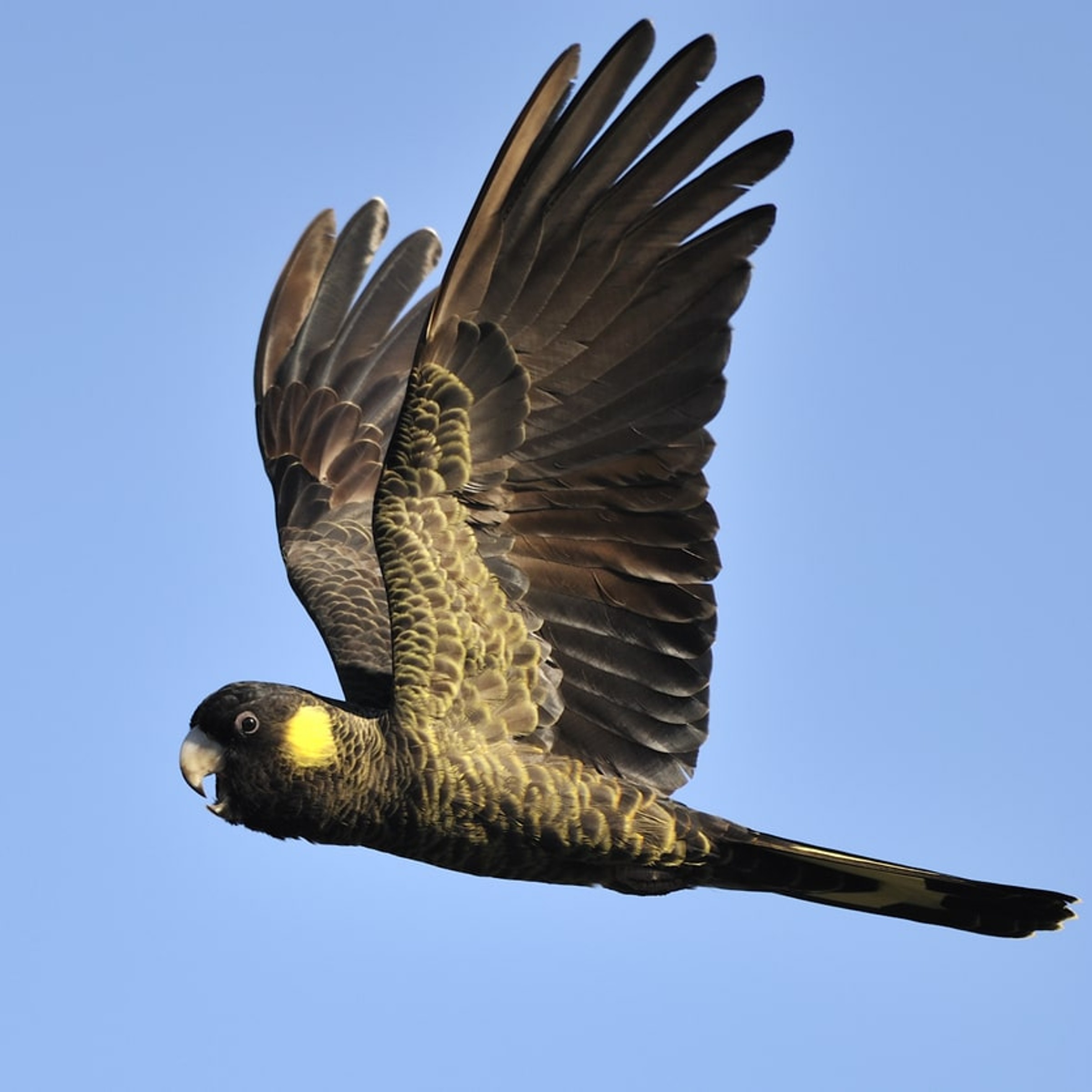
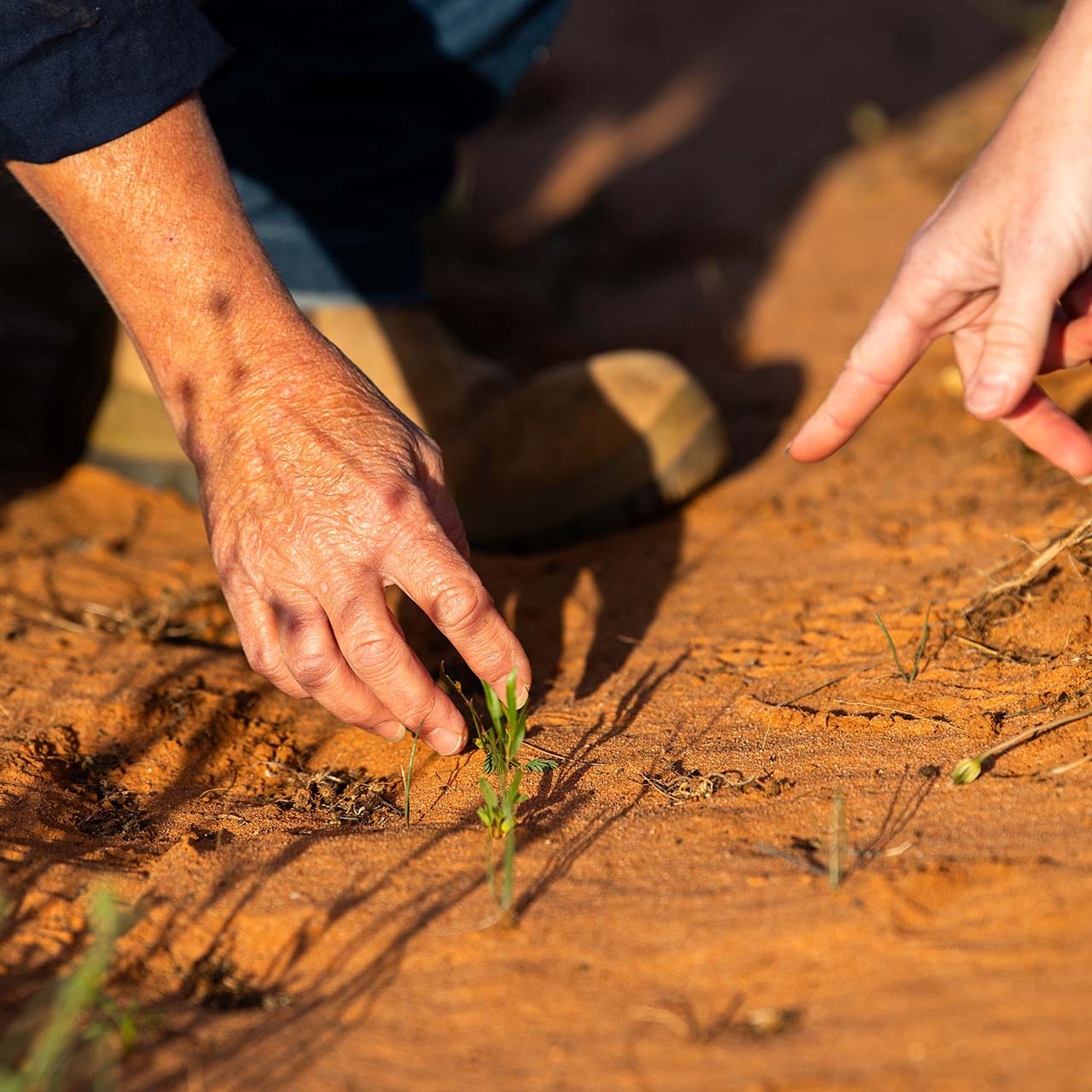
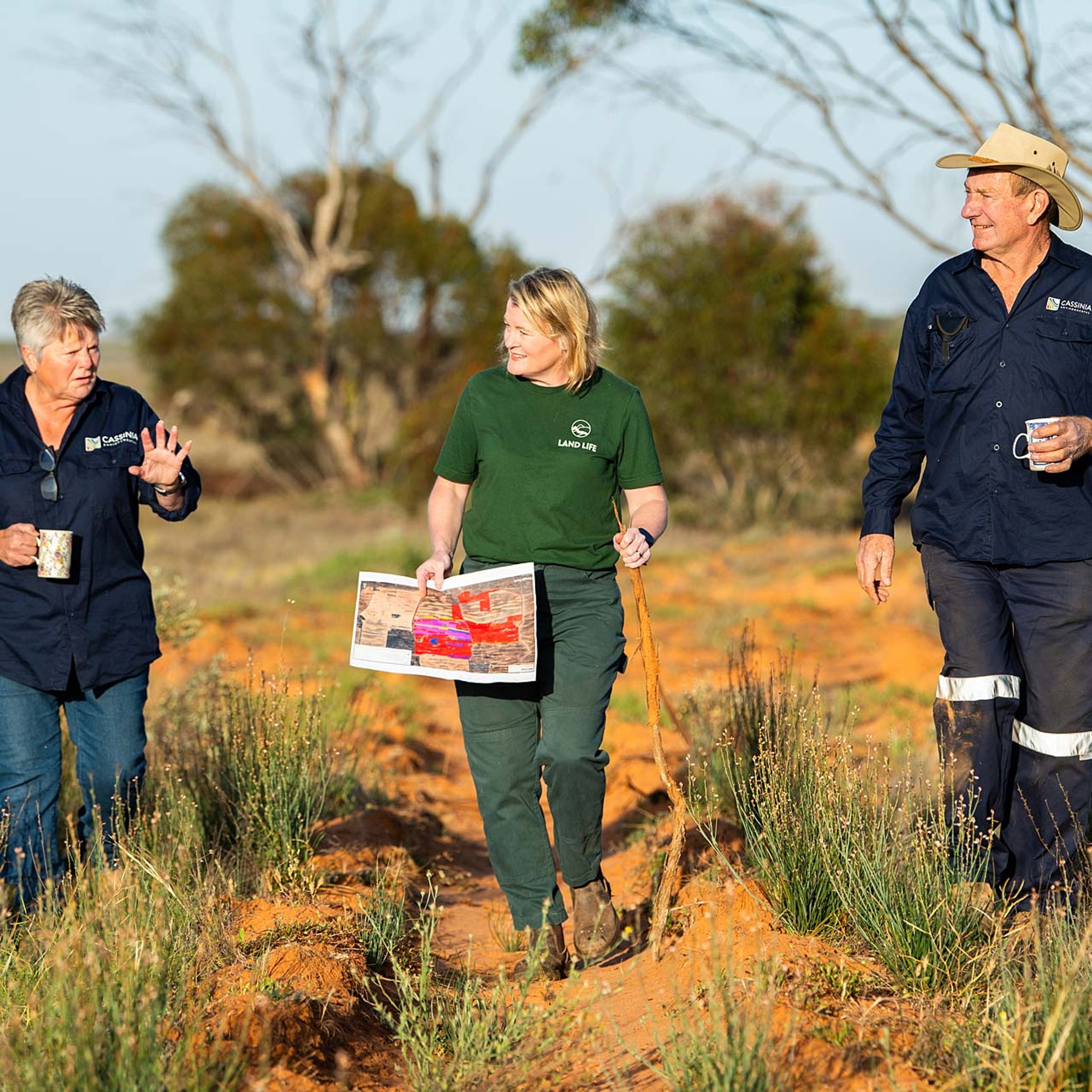
Talk to our experts
Technology-driven reforestation at scale
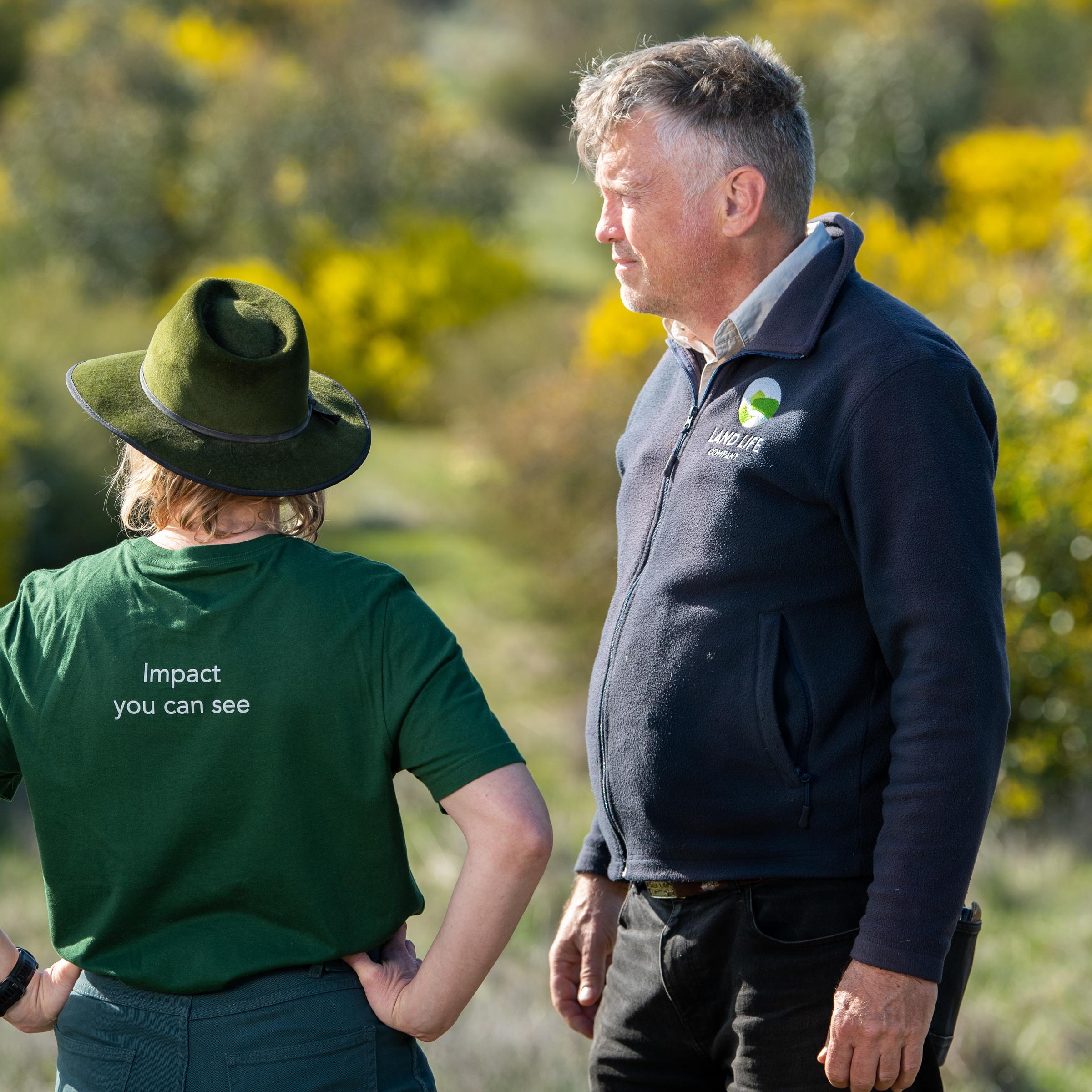
Talk to our experts
What sector is your organization in?
Additional Notes
Where should we contact you?
Thank you for contacting us. We will be in touch soon.
